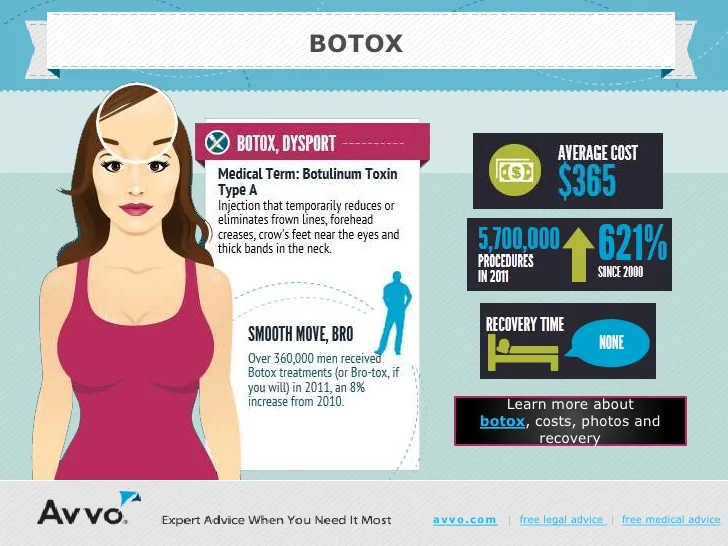Hormone acne is identified by clogged up pores and oily skin that commonly shows up on the chin and jawline. It happens when hormonal adjustments cause swelling and bacterial overgrowth within hair roots.
Breakouts might look like whiteheads, blackheads, papules or pustules and cysts or nodules in much more serious instances. It is extra usual in teens undergoing the age of puberty yet can affect adults of any type of age.
What Creates Hormone Acne?
While acne can be caused by a variety of aspects, consisting of making use of hair and skin care items that aren't oil-free or made with active ingredients that could clog pores, genetic tendency, diet regimen,2 and stress and anxiety, the origin is fluctuating hormones. Hormonal acne happens when the body experiences hormonal changes and changes that bring about an overproduction of sebum, which causes inflammation, increased growth of germs and modifications in skin cell activity.
Hormonal acne is typically discovered on the reduced jawline, cheeks and neck yet can show up anywhere on the body. It is defined by acnes that are cystic, painful and filled with pus or various other product. It is additionally more probable to take place in females than males, particularly throughout adolescence, the menstrual cycle, pregnancy or menopause.
Age
While numerous kids experience acne eventually during puberty, it can remain to torment grownups well right into their adult years. Referred to as hormonal acne, this form of breakout is connected to changes in hormones and is generally most common in females.
Hormone acne takes place when oil glands generate excessive sebum, which blocks pores and traps dead skin cells. This results in the development of acnes, such as whiteheads, blackheads and papules, pustules, cysts or nodules, deep under the surface.
This sort of blemish often creates discomfort, inflammation and inflammation. It may also be cyclical and show up around the exact same time monthly, such as right before your duration begins. This is since levels of female hormones like progesterone and oestrogen fluctuate with each menstruation.
Menstruation
Hormonal acne usually appears in the lower part of your face, more info along the jawline and cheeks, as whiteheads, blackheads or inflammatory pimples (pimples and cysts). It's most likely to show up around the moment when your menstrual cycle adjustments.
Specifically around ovulation, when estrogen and progesterone degrees are on the rise, hormone fluctuations can cause outbreaks. Yet it's likewise possible to get acne at any kind of point during your 28-day menstruation.
If you discover that your hormonal acne flare right before your period, attempt observing when exactly this happens and see if it connects to the phases of your 28-day menstrual cycle. This will certainly assist you identify the root causes of your skin problems. For instance, you may intend to service balancing your blood sugar and removing high-sugar foods, or think about a prescription medicine like spironolactone that can regulate your hormones.
Maternity
Growing a child is a time of remarkable hormone modifications. For many ladies, this includes a flare-up of hormone acne. This kind of outbreak normally begins in the initial trimester, around week 6. It's caused by hormonal agent surges that boost sebaceous glands to make even more oil, which can block pores and create even more microorganisms to develop.
Breakouts might also take place as a result of pre-existing conditions like polycystic ovary disorder, which can likewise be a concern during pregnancy and menopause. Additionally, some sorts of birth control pills (such as Ortho Tri-Cyclen and YAZ) can cause hormonal acne in some females.
Luckily, most acne therapies are "no-go" for pregnant ladies (consisting of prominent acne-fighting active ingredients such as isotretinoin and spironolactone). However if you can not prevent those aggravating bumps, your physician might recommend dental erythromycin or cephalexin, which are safe while pregnant.
Menopause
As women come close to menopause, the estrogen levels that triggered their hormonal agent acne to flare up throughout puberty begin to maintain and decrease. At the same time, nonetheless, a spike in androgens (also called male hormones) takes place because these hormonal agents can not be converted into estrogen as successfully as before.
The extra of androgens can cause oil production by the sweat glands, which obstructs pores. When the blocked pores come to be inflamed and irritated, an acne kinds.
Hormonal acne is normally seen on the face, particularly around the chin and jawline, however it can happen on the neck, back, shoulders, or upper body. This type of acne often tends to flare up in a cyclical pattern, comparable to the menstruation. Tension, which boosts cortisol and tosses hormones out of balance, likewise adds to the breakouts.
